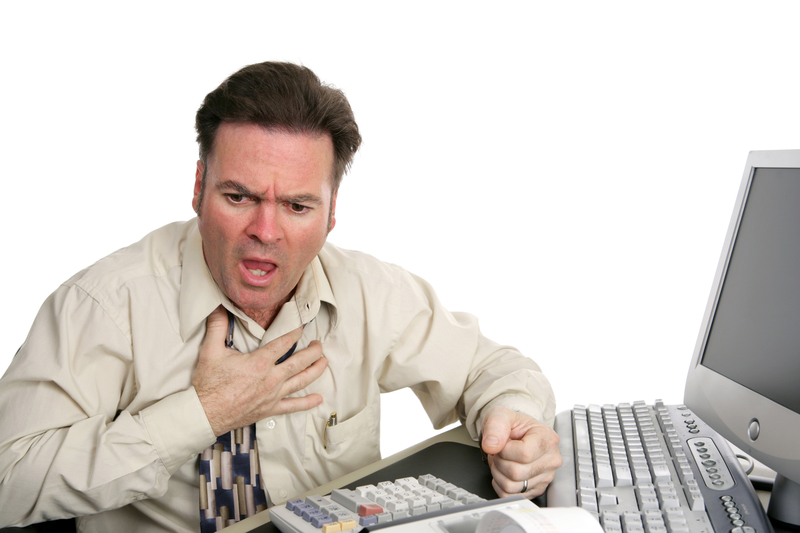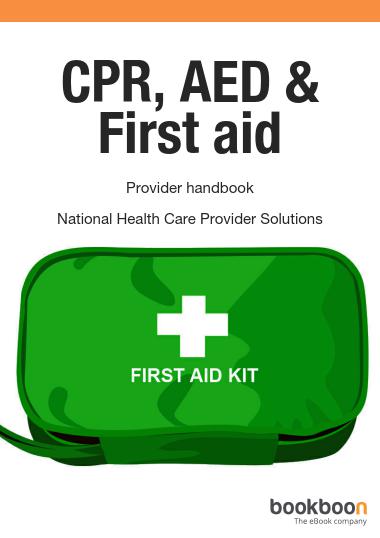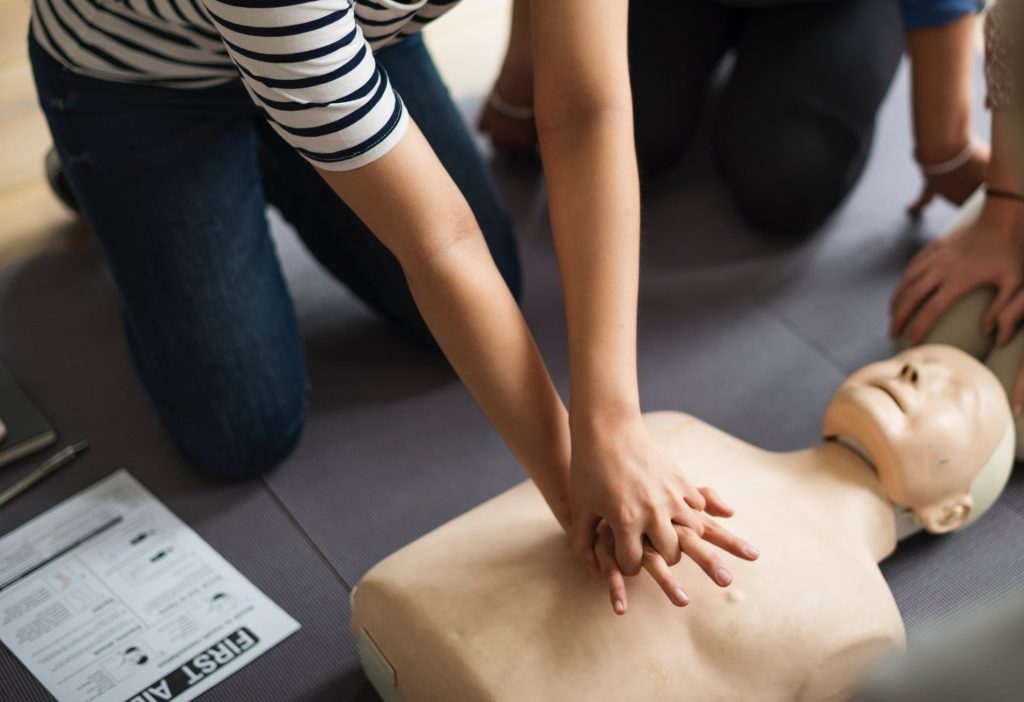How do you respond when someone is choking?

What happens when you see someone nearby experiencing a crisis? What happens when you see someone nearby experiencing a crisis? Do you leap into action administering first aid or performing the Heimlich maneuver, or do you stand idly by and wait for help? People with no medical experience and no knowledge of CPR stands idly by and wait for someone to come and administer a life-saving technique. This someone can be you if you are certified in CPR or first aid.
If you happen to walk up on someone who is obviously choking, what is your first reaction? Knowing how to perform the Heimlich maneuver can save the life of a stranger or someone you love. In such instances, when someone is choking, there may not be time to call for help. You need to know what to do. In other words, you need to be prepared to spring into action and use the skills you have. The life you save may very well be your own.
What are the Signs of Choking?
The universal sign for choking is the hands grasped around the throat. Sometimes a choking person may not use a signal. If this is the case, look for other signs of choking such as:
- A pale face or bluish skin
- Difficulty breathing
- Funny or weird sounds while trying to breath
- A weak forceful cough
- A loss of consciousness
How to Save Yourself from Choking?
If you are alone and find yourself in fear of choking on a foreign object, you should first call 9-1-1. This will ensure that help is on the way in the event the object becomes lodged in your airway. Make sure you prompt your stomach over the back edge of a chair and perform abdominal thrusts on your stomach. This maneuver can be just as effective as back blows; although, you cannot deliver back blows to yourself at this point. Remember to stay calm and not panic.
First Aid for Choking Victims
The type of first aid you perform will depend mostly on the age of the victim and their physical condition. However, you should never be afraid to try CPR if you are trained or certified to do so. What you
- First, you need to determine if the person can talk or cough; this is important. If the person can speak, this is a clear sign that the person is getting some air into the airway.
- Next, perform the Heimlich Maneuver or an abdominal thrust until the object is expelled. Repeat this maneuver several times if necessary.
- Finally, if a person is obese or in the later part of her pregnancy, you will want to use a different approach. In cases such as these, use a chest thrust.
For a Choking Infant
- Check to see if the infant has a clear airway passage. Check for a breath.
- Give the infant up to five back slaps and five chest thrusts and then check for breath.
- If no breath is present, repeat the back slaps and chest thrusts.
- If the infant becomes unresponsive, call 9-1-1 and start CPR. Continue until help arrives.
Summary of the Proper Way to Administer the Heimlich Maneuver
The recommended steps to performing the Heimlich Maneuver is to:
Stand directly behind the choking person with one foot in front of the other foot to keep your balance. Clasp your arms around the victim’s waist and lean the person slightly forward. If it is a child, kneel behind the child. Next, make a one-handed fist and place it slightly above the victim’s navel. Now, hold the fist with the other hand, and press hard into the victim’s abdomen with a quick upward thrust. Attempt to lift the victim with each upward thrust.
Perform the abdominal thrusts up to 10 times or a minimum of six, or until the food or object is dislodged or until the airway is clear. Be sure to call for help. Do not stop CPR or first aid until help arrives.
If you are not certified in CPR and you want to become certified in saving a life, register for an online class today. Visit our website today at NHCPS.com for more information on CPR, ACLS, BLS, PALS certifications.

